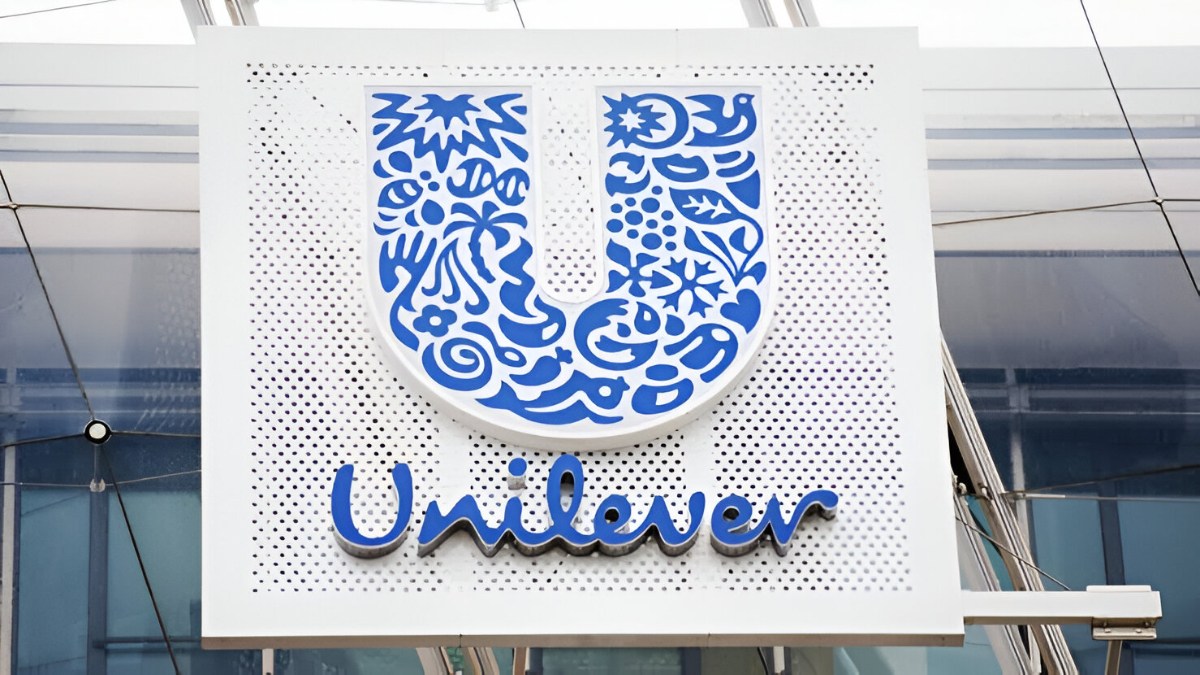Second Covid Wave To Temper CV Volume Growth To 23-28%
The intense second wave of Covid-19 afflictions and attendant lockdowns will limit growth in the domestic commercial vehicle (CV) sales volume to 23-28% this fiscal, compared with 32-37% expected prior to its onset, CRISIL Ratings has said. Volume growth had hard-braked to a decadal low last fiscal1.
Credit metrics of CV makers are expected to improve as margins expand on better capacity utilisation and product mix.
The CV market saw two consecutive fiscals of steep volume decline (29% and 21% in 2020 and 2021, respectively), following multiple headwinds such as revised axle norms, BS-VI transition, and the pandemic.
While a sharp recovery from the lows was on the cards this fiscal, it will be constrained by a weak first quarter because of the second wave of the pandemic. In April, freight rates fell ~20% on-month even as diesel prices remained elevated, hurting fleet operators. With lockdowns becoming widespread in May, freight movement, and consequently the profitability of fleet operators, would remain under pressure, weighing on demand at least in the first quarter.

As lockdowns ease from the second quarter, freight demand and rates could normalise, aiding demand for CVs.
Says Hetal Gandhi, Director, CRISIL Research, "MHCV volume, which was hurt more in the past two fiscals, should see a strong 35-40% growth this fiscal, driven by the government's infrastructure thrust2 and revival in economic activity. LCVs could grow 15-20% given continued last-mile demand from e-commerce, consumer staples and the replacement market. Demand for buses - the segment hit the hardest because of schools shutting and lack of demand from state transport undertakings and corporates - should grow 67-72%, but will remain at multi-year lows. Overall CV volume would still be ~30% below fiscal 2019 level."
OEMs are unlikely to get a fillip from wholesale push because inventories at dealers were at fairly elevated levels of 35-40 days as of end-March (against normal levels of 25-30 days). Inventories had risen sharply in the second half after near-zero inventory at the beginning of last fiscal due to the BS-VI transition.
However, one key continued positive this year would be faster revenue growth versus volumes. Better product mix due to higher sales of costlier MHCVs compared with LCVs would provide a fillip to average realisations. Raw material cost inflation, particularly in the form of steel prices, is expected to be largely passed on to consumers, similar to last fiscal which saw 10-15% price increases due to both BS-VI and commodity inflation.































